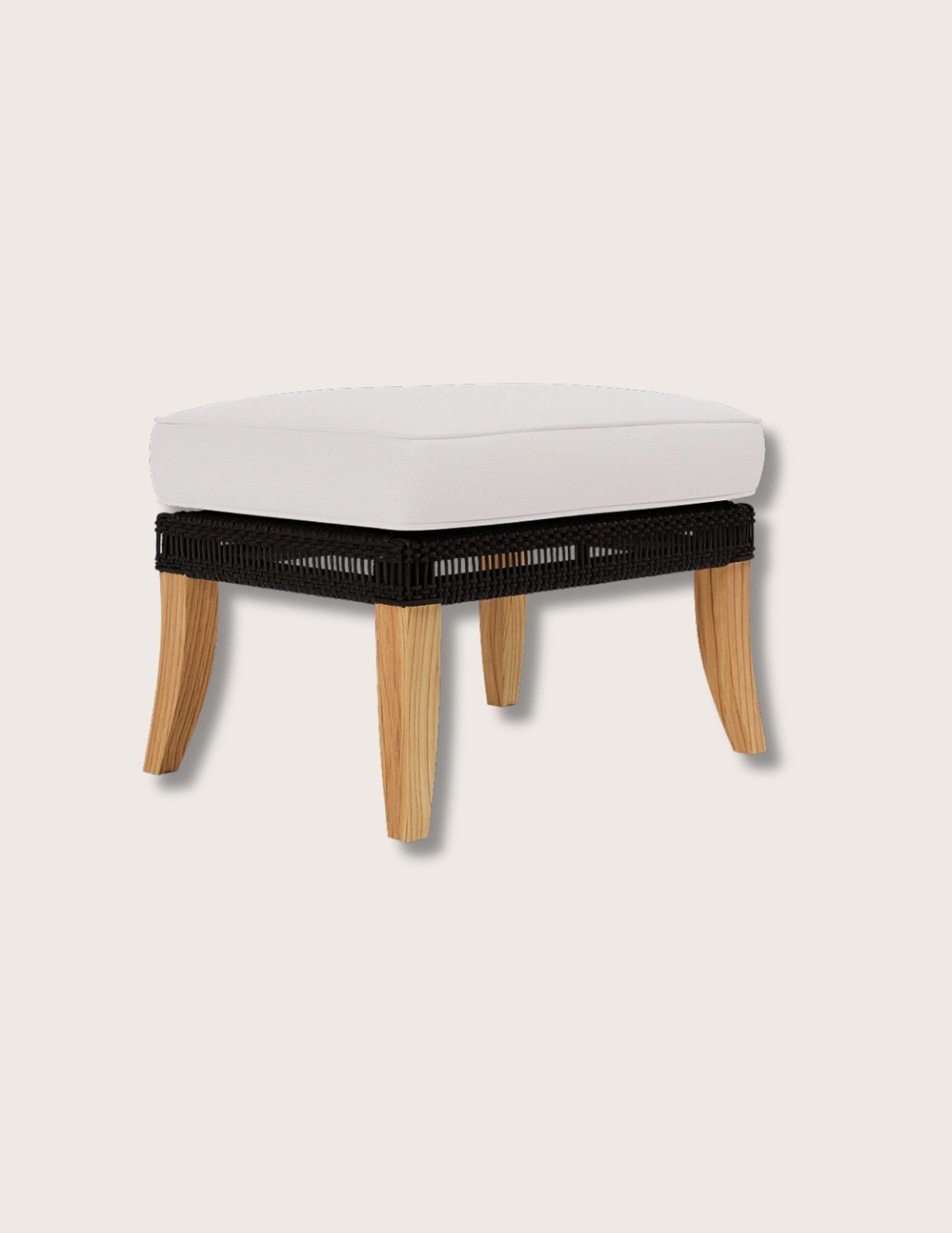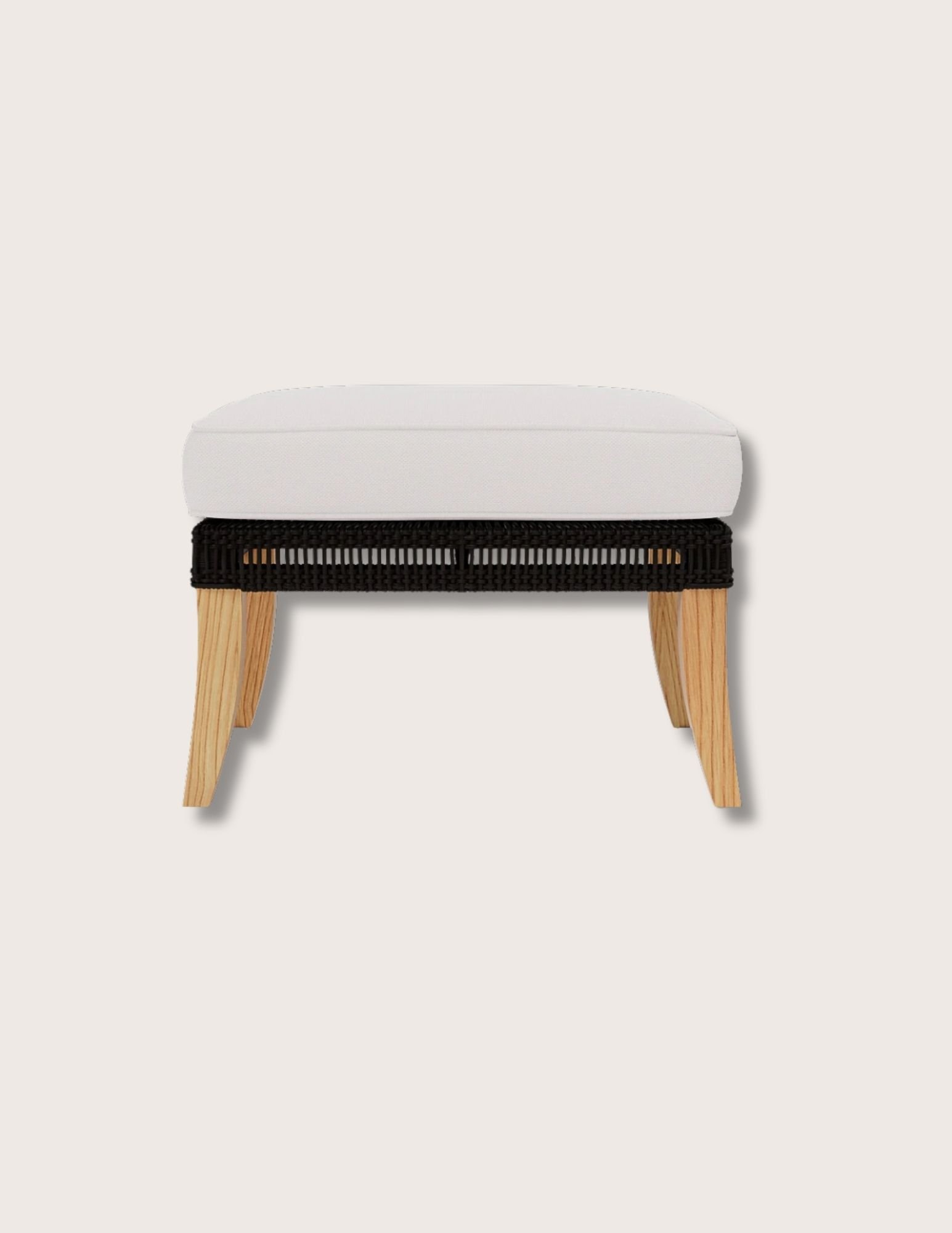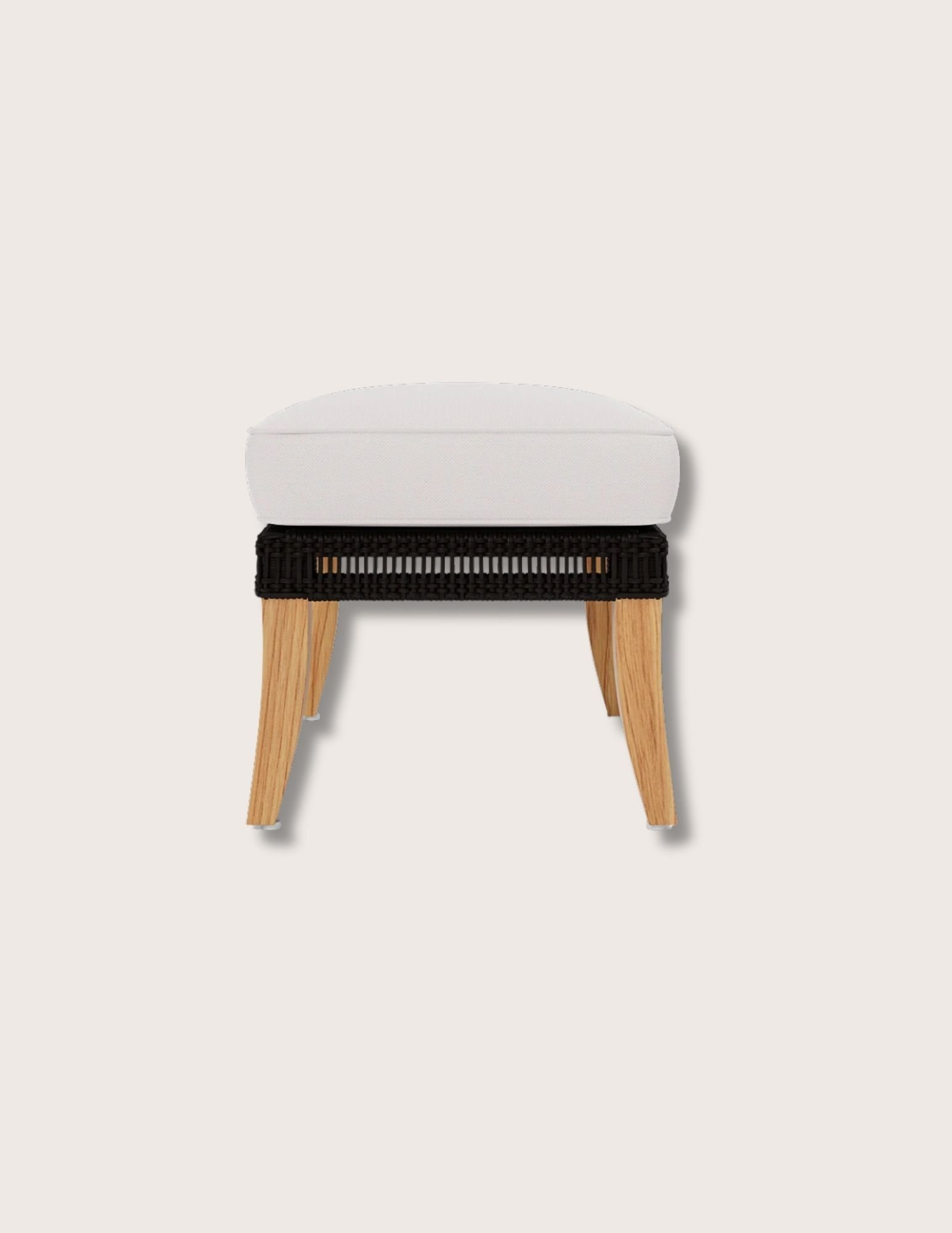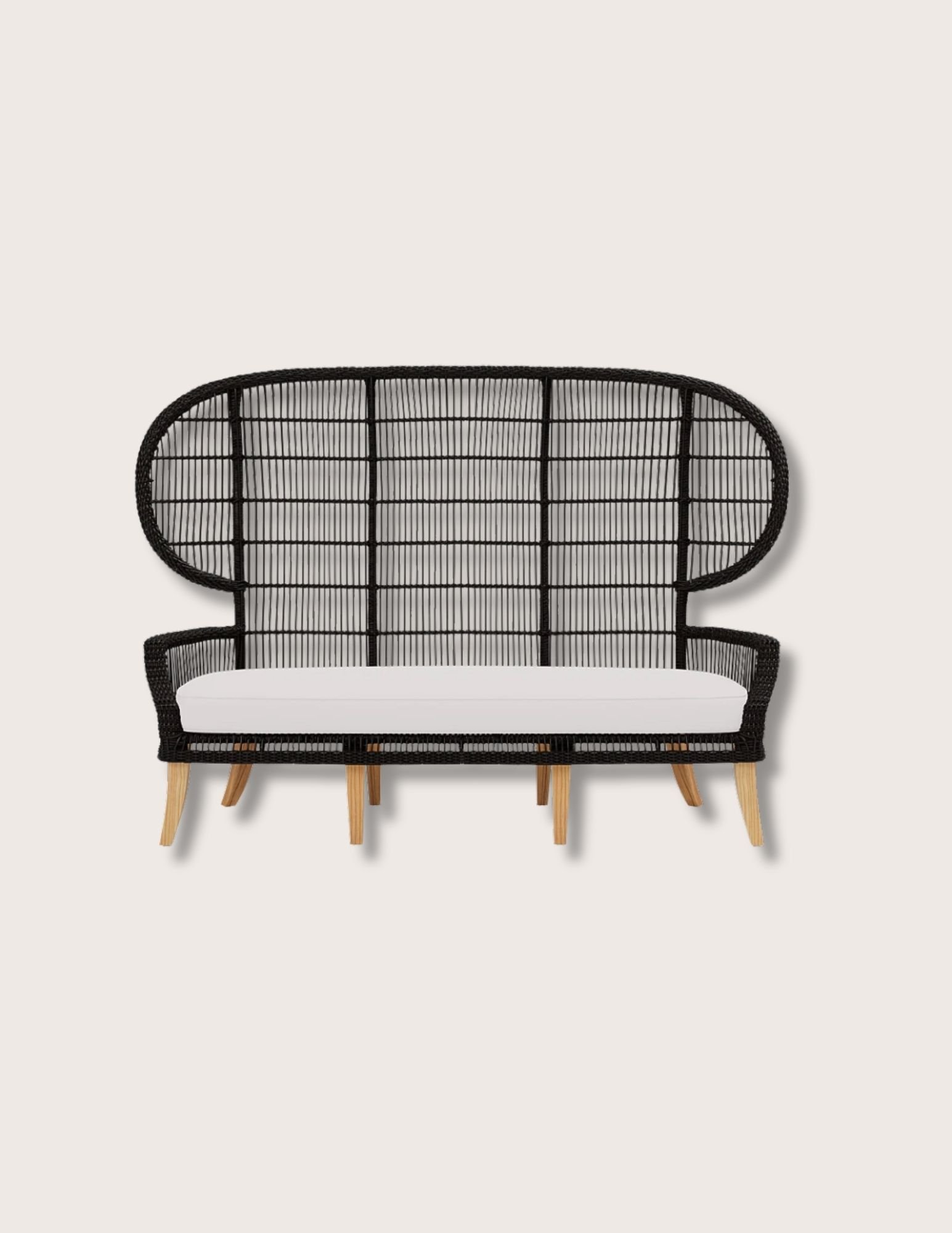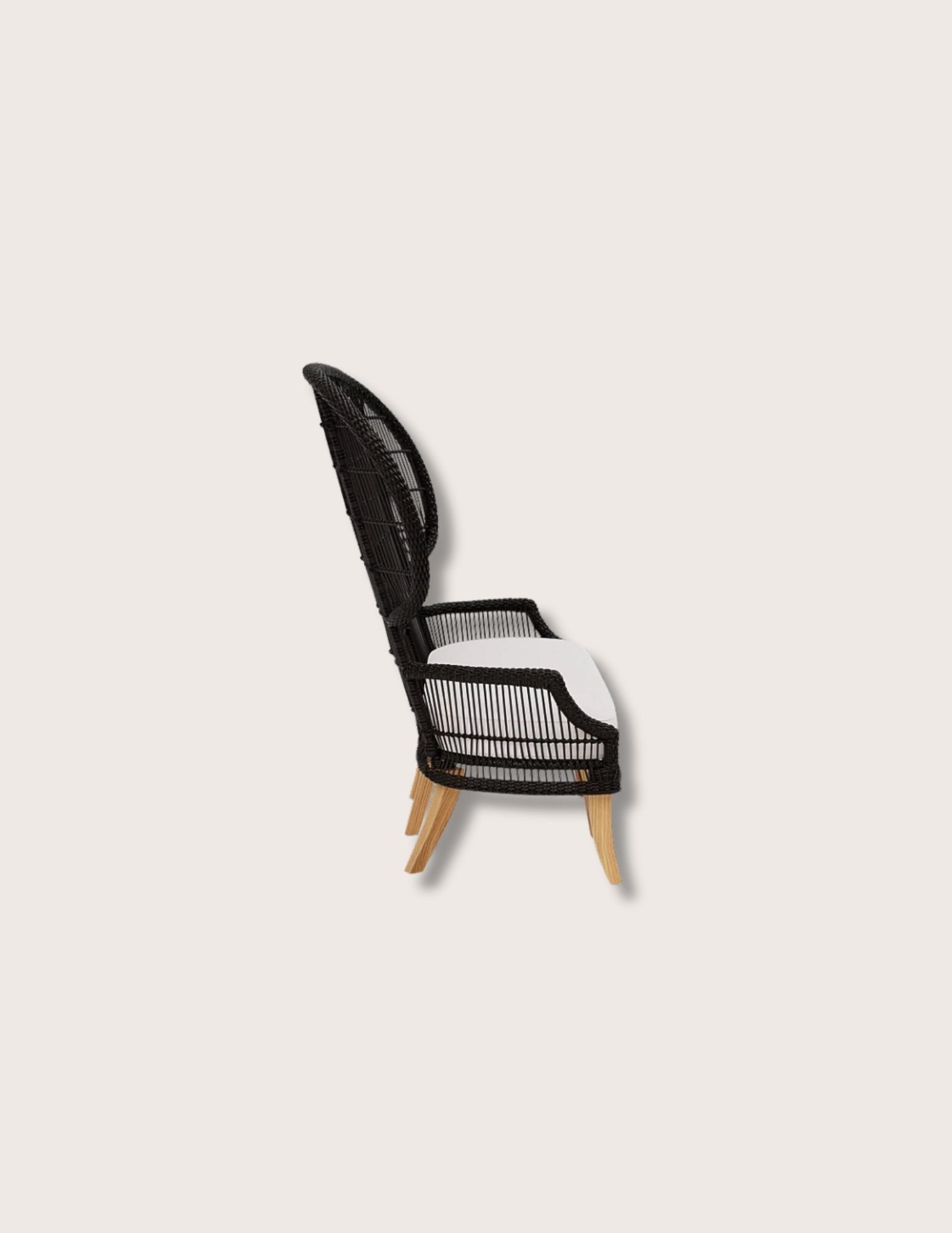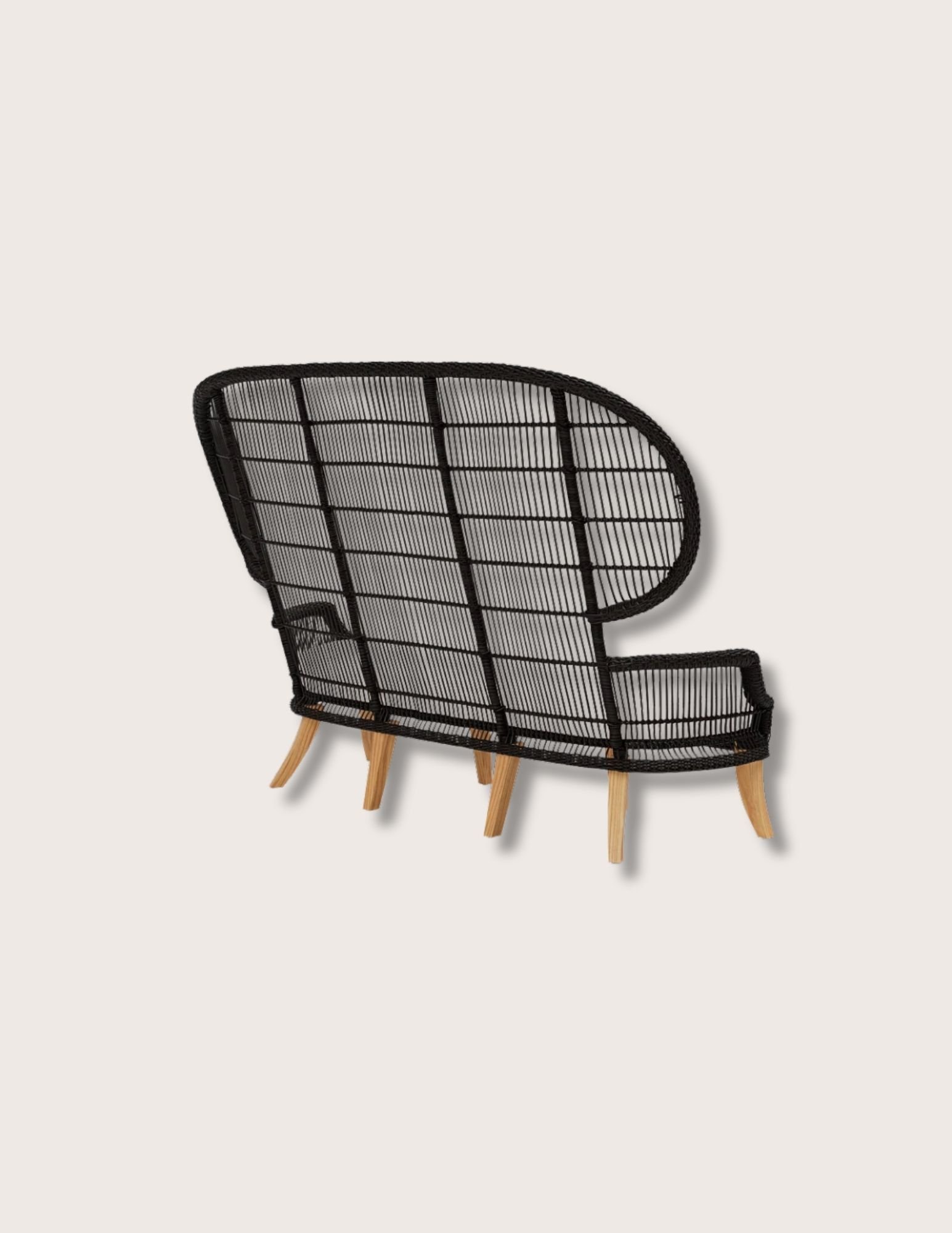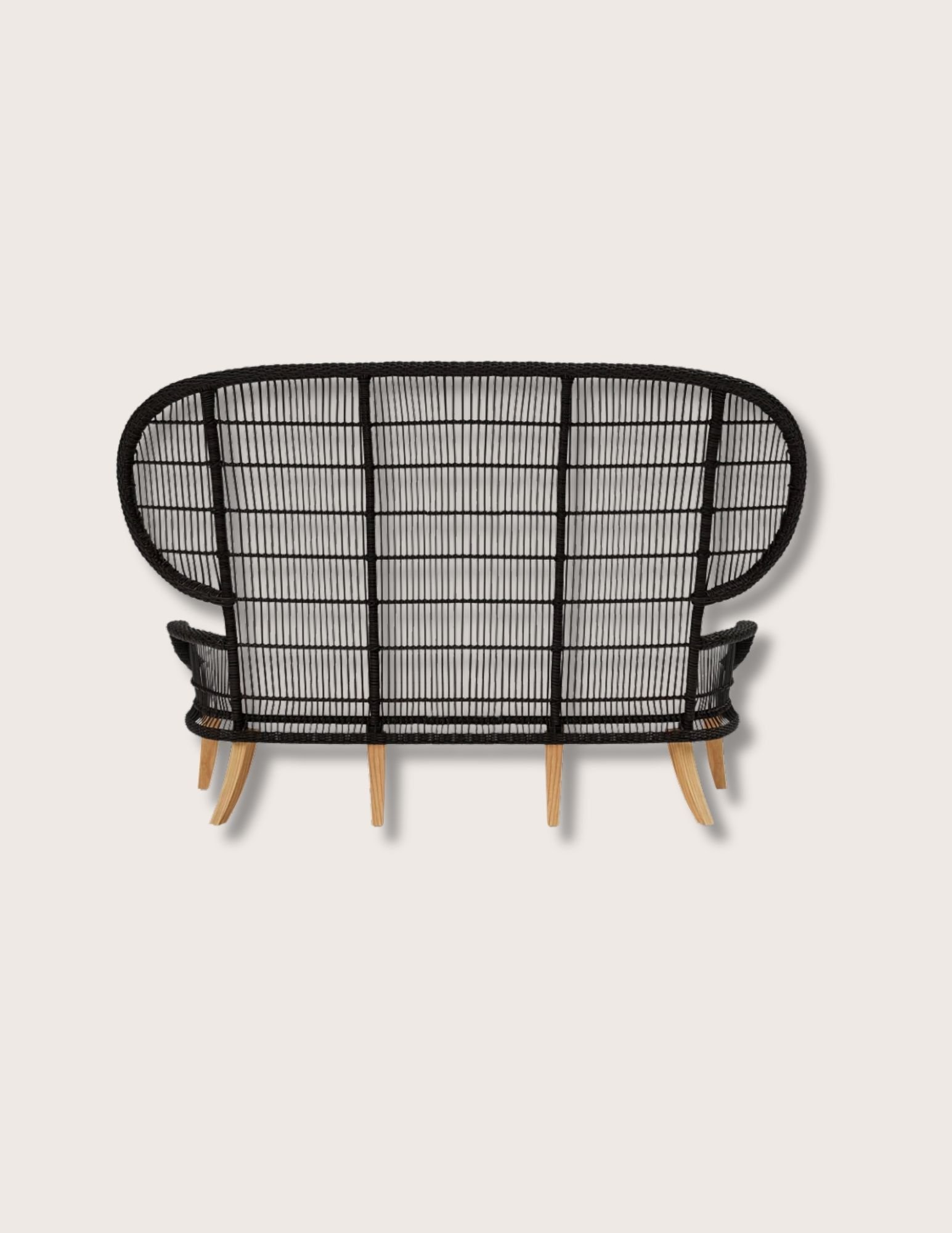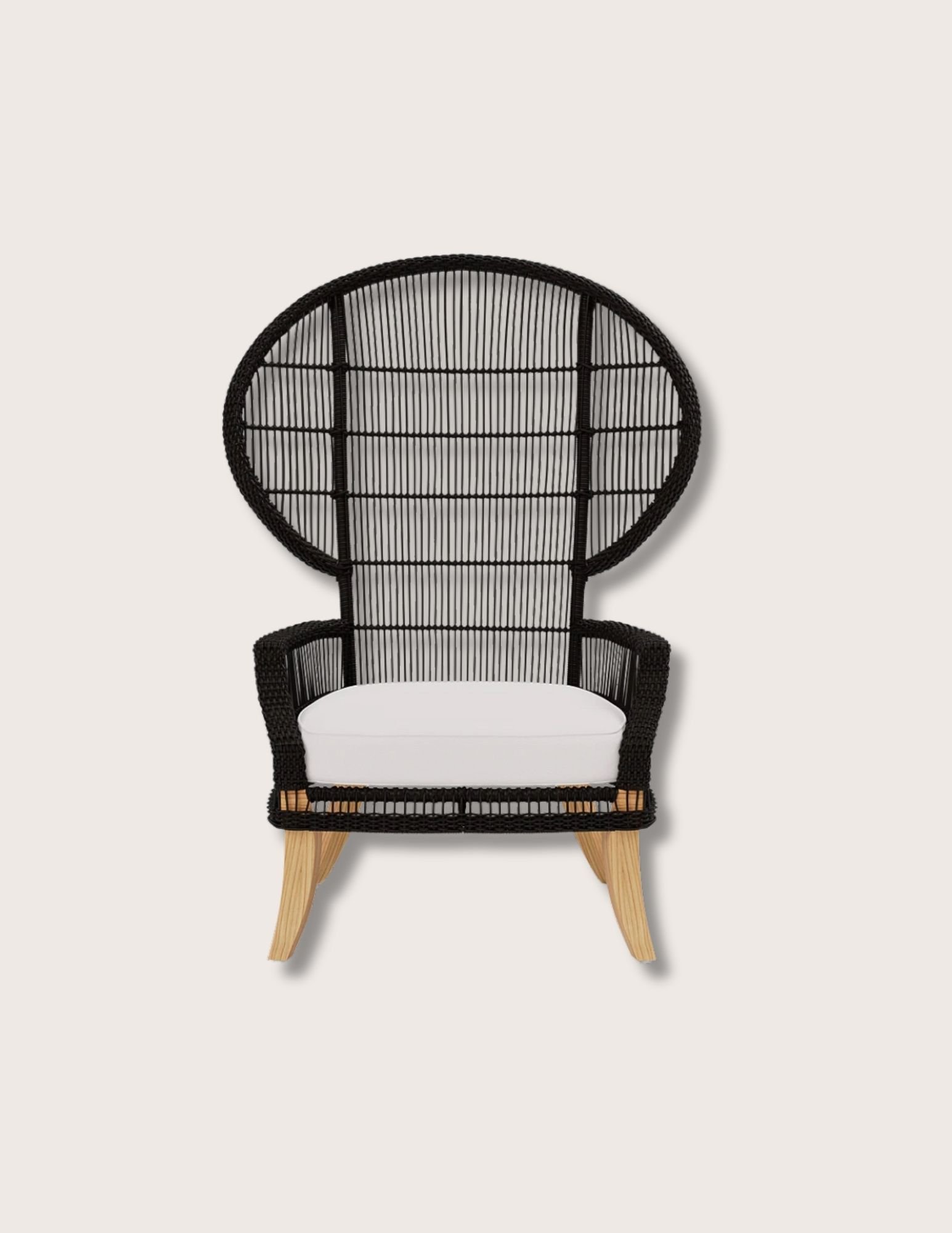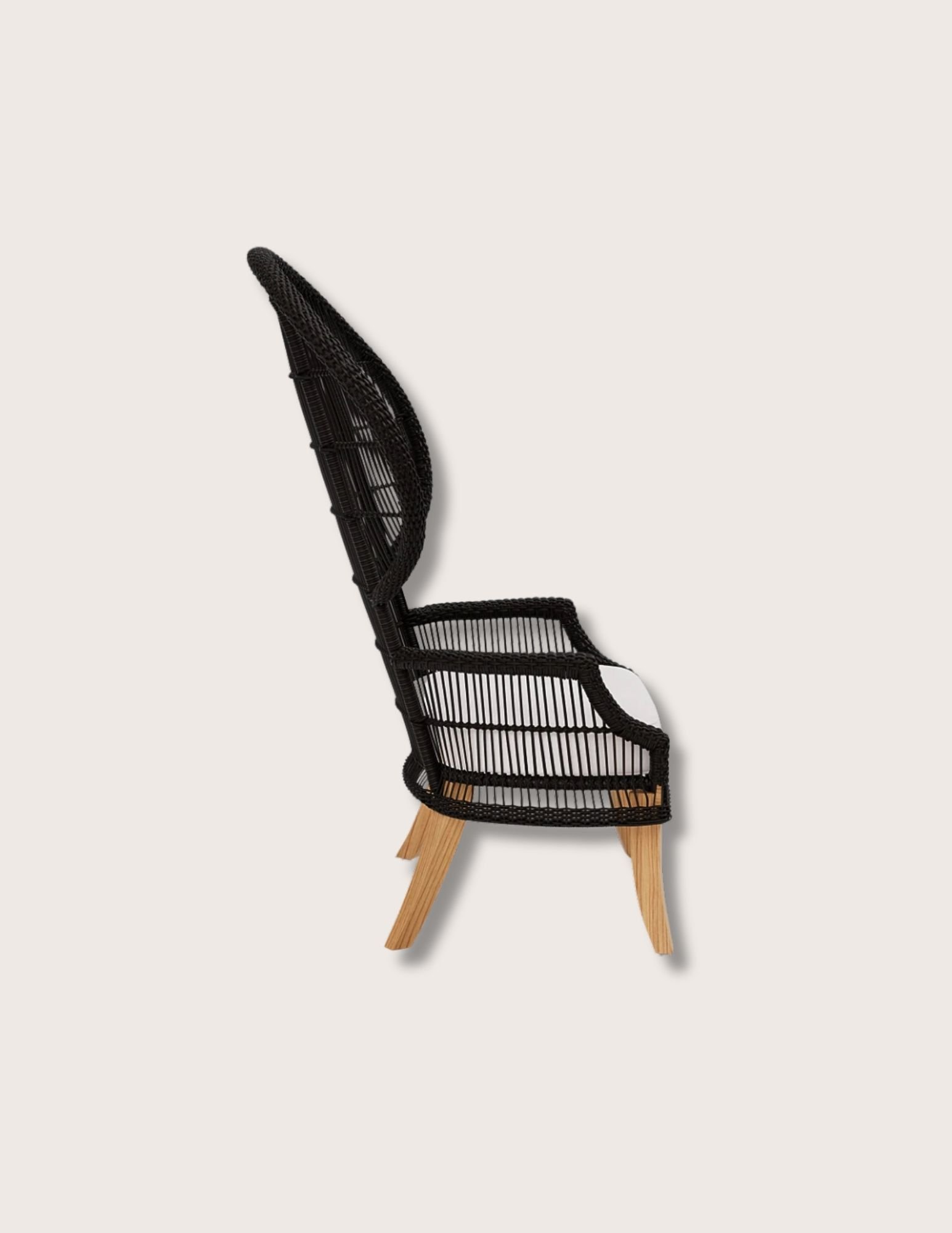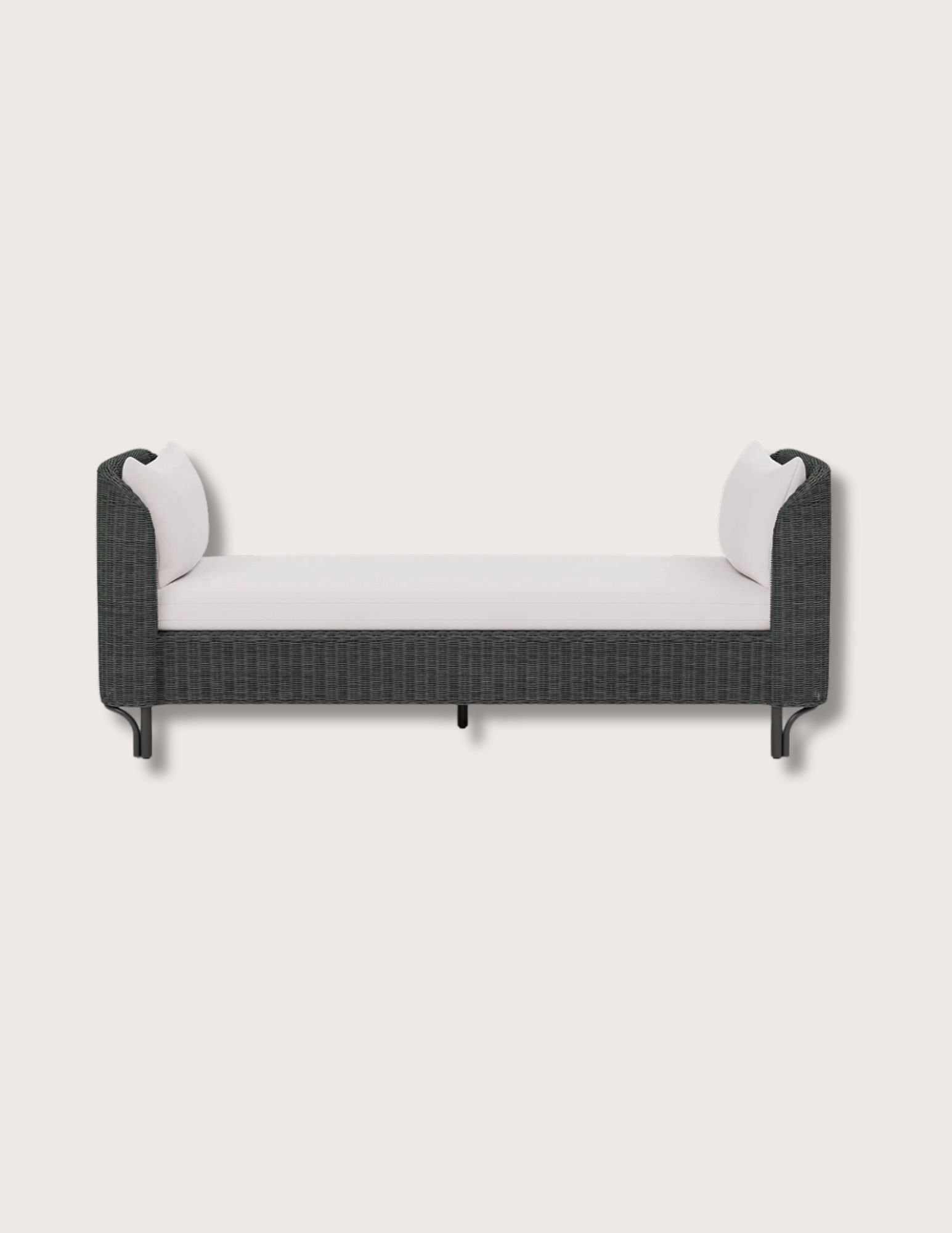 Image 1 of 3
Image 1 of 3

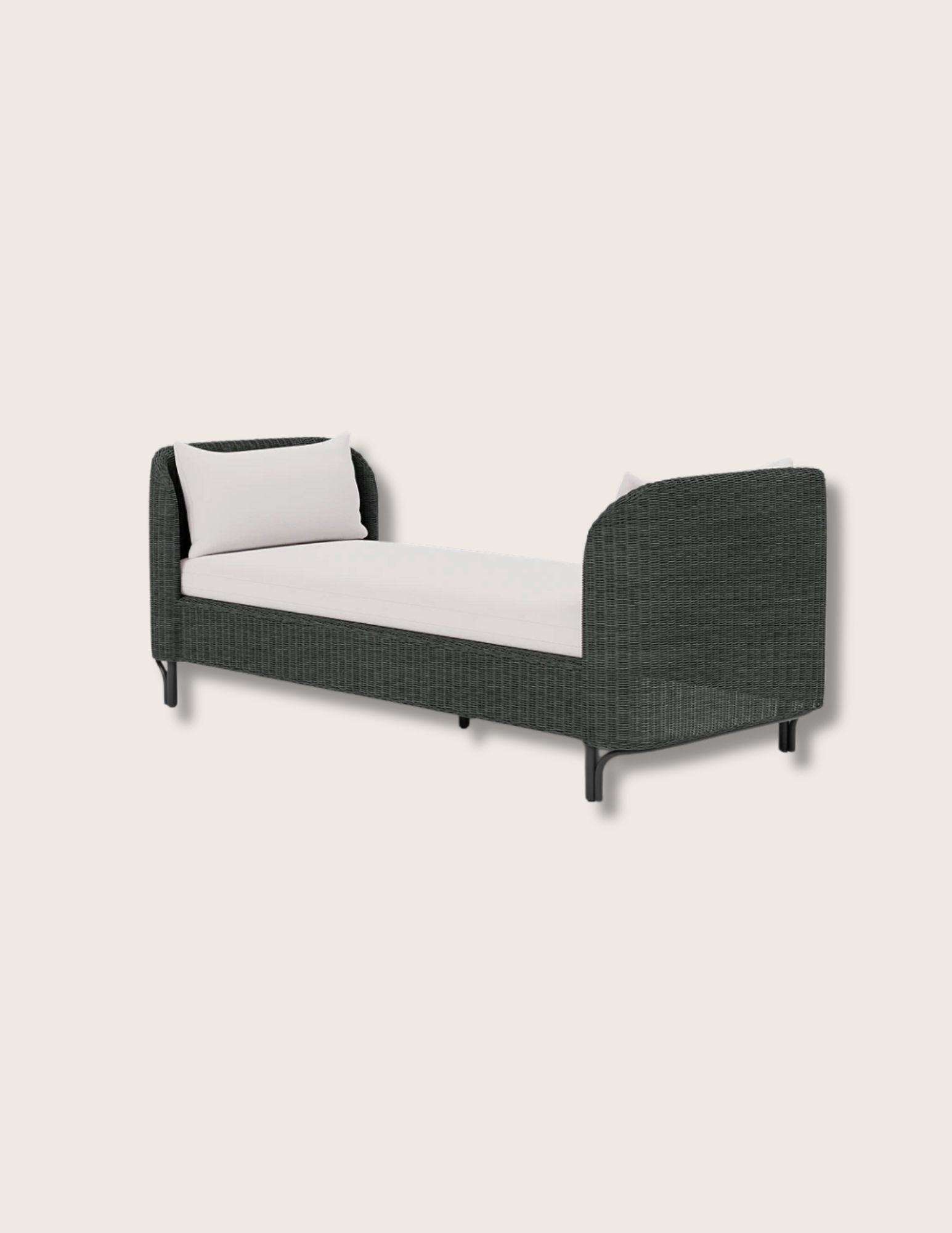 Image 2 of 3
Image 2 of 3

 Image 3 of 3
Image 3 of 3




Giza Outdoor Daybed
Details
Our Giza Outdoor Daybed with its end-to-end pillows and tightly woven faux wicker is a modern update of the ancient Egyptian frame. Perfect for lounging and leisure outdoors, this daybed is an inviting place to while away the day with a good book, some snacks, and a cool drink.
Editors' Note
An ancient Egyptian necropolis, Giza is a place of deep meaning, both for the Egyptians of its time, and the modern historians who study the wonders they left behind. During the 4th dynasty (c. 2575–c. 2465 BC), the height of the Old Kingdom period (2686–2181 BC), three pyramids were erected in the area for Khufu, Khafre, and Menkaure, respectively the 2nd, 4th and 5th of the eight pharaohs that comprised the dynasty. Varying in size and grandeur they tell the story of those enshrined there and the nation over which they ruled. The earliest and largest of the three, known as the Great Pyramid was built by and for the Pharaoh Khufu. Best known for the construction of his pyramid, little information remains about Khufu or his reign except for the discovery of 4,500 year-old diary of Merer — a middle-ranking inspector reporting directly to Khufu's half-brother Ankh-haf. The book, in fact a series of scrolls, constitute a work diary detailing the daily activities of Merer and his workers, including the acquisition of limestone slabs, believed to have been used in the construction of the Great Pyramid. In all, 2.3 million blocks of stone went into the creation of Khufu's 5.7 million ton tomb. At it's completion the structure measured 755.75 feet along each of its four sides, reaching 481 feet into the air, larger than that of Khafre, which was 707.75 feet along its side and 471 feet tall, and towering over the pyramid of Menkaure, the last to be built at Giza, which measured 356.5 feet at the sides, and 218 feet tall. Each of the pyramids is surrounded by Mastabas, smaller, flat-topped buildings which served as the final resting places of the pharaoh's relatives or high-ranking officials. One such family member was Queen Hetepheres I — Khufu's mother. It was the discovery of her tomb in 1925 that provided a glimpse at the type of luxury furnishings Egyptian royalty were buried with. In Queen Hetepheres I’d tomb was discovered a portable canopy, an armchair, and a bed with a headrest — a precursor to the modern daybed. Just as the daybed in this collection, Queen Hetepheres I’s would have been adorned with cushions to a provide a place of rest and leisure fit for a queen of Giza.
Details
Our Giza Outdoor Daybed with its end-to-end pillows and tightly woven faux wicker is a modern update of the ancient Egyptian frame. Perfect for lounging and leisure outdoors, this daybed is an inviting place to while away the day with a good book, some snacks, and a cool drink.
Editors' Note
An ancient Egyptian necropolis, Giza is a place of deep meaning, both for the Egyptians of its time, and the modern historians who study the wonders they left behind. During the 4th dynasty (c. 2575–c. 2465 BC), the height of the Old Kingdom period (2686–2181 BC), three pyramids were erected in the area for Khufu, Khafre, and Menkaure, respectively the 2nd, 4th and 5th of the eight pharaohs that comprised the dynasty. Varying in size and grandeur they tell the story of those enshrined there and the nation over which they ruled. The earliest and largest of the three, known as the Great Pyramid was built by and for the Pharaoh Khufu. Best known for the construction of his pyramid, little information remains about Khufu or his reign except for the discovery of 4,500 year-old diary of Merer — a middle-ranking inspector reporting directly to Khufu's half-brother Ankh-haf. The book, in fact a series of scrolls, constitute a work diary detailing the daily activities of Merer and his workers, including the acquisition of limestone slabs, believed to have been used in the construction of the Great Pyramid. In all, 2.3 million blocks of stone went into the creation of Khufu's 5.7 million ton tomb. At it's completion the structure measured 755.75 feet along each of its four sides, reaching 481 feet into the air, larger than that of Khafre, which was 707.75 feet along its side and 471 feet tall, and towering over the pyramid of Menkaure, the last to be built at Giza, which measured 356.5 feet at the sides, and 218 feet tall. Each of the pyramids is surrounded by Mastabas, smaller, flat-topped buildings which served as the final resting places of the pharaoh's relatives or high-ranking officials. One such family member was Queen Hetepheres I — Khufu's mother. It was the discovery of her tomb in 1925 that provided a glimpse at the type of luxury furnishings Egyptian royalty were buried with. In Queen Hetepheres I’d tomb was discovered a portable canopy, an armchair, and a bed with a headrest — a precursor to the modern daybed. Just as the daybed in this collection, Queen Hetepheres I’s would have been adorned with cushions to a provide a place of rest and leisure fit for a queen of Giza.
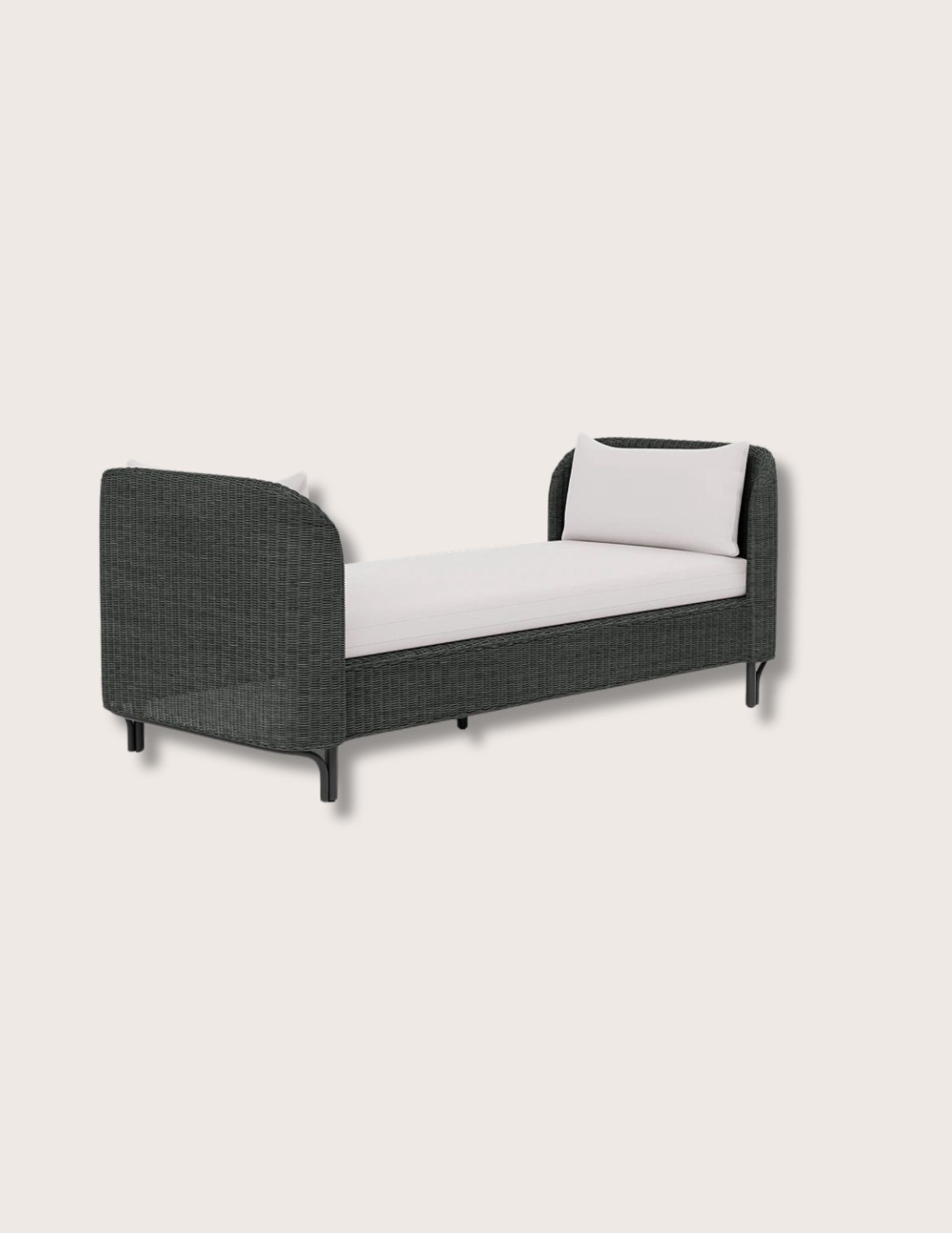
Additional Details
Outdoor daybed
Material: Faux Wicker
Size: 82"L x 36"W x 33"H
Seat Height (no cushion): 13.75"
Weight: 70 lbs
Imported
Made to order
Ships to the continental US in 6-8 weeks
Care Instructions: Clean wicker frame with soft-bristled brush, mild multi-surface cleaner and water. Clean fabric with natural soap in lukewarm water (30°F). Rinse and let dry completely. Not suitable for freezing temperatures.

